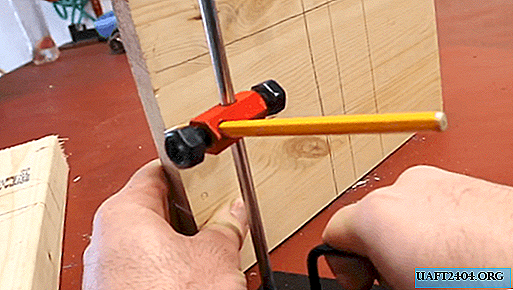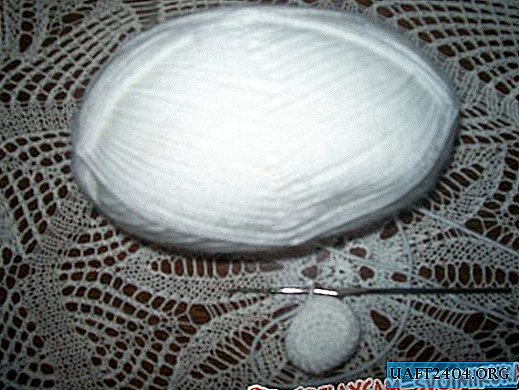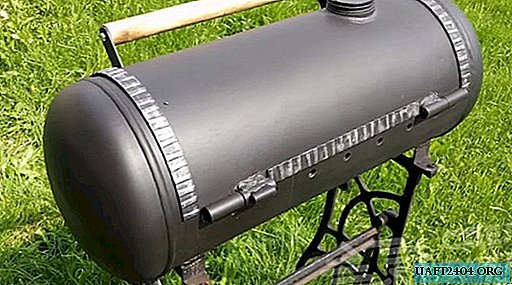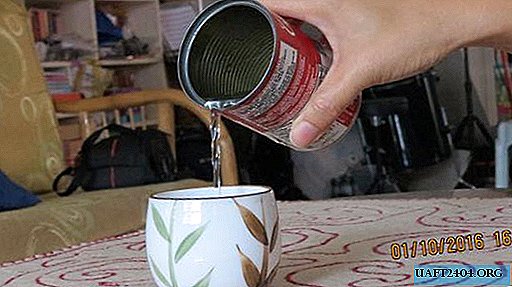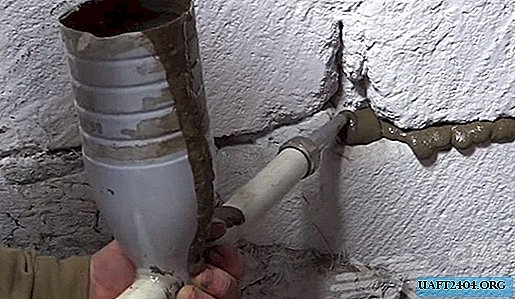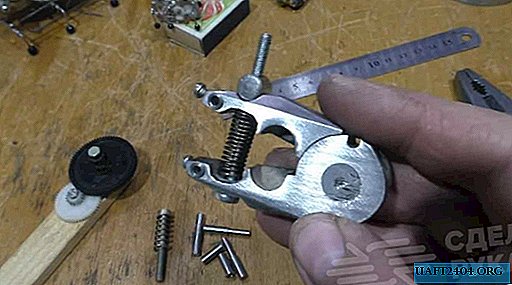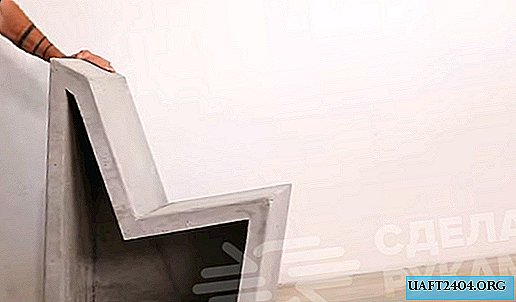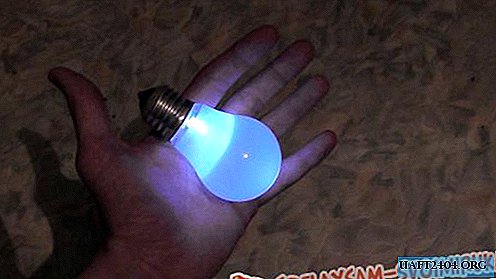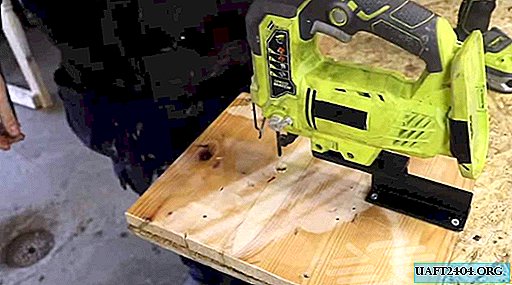Share
Pin
Tweet
Send
Share
Send
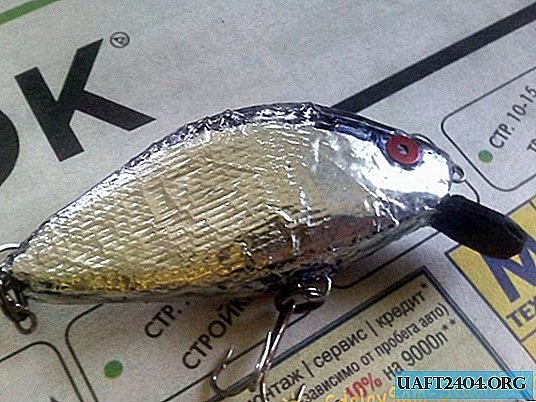
Wobbler is one of the most popular lures for spinning players, but the price of branded lures with a good game that attracts fish often bites. It is especially offensive when an expensive catchy bait remains in the snags, which abound in almost all reservoirs of our vast country. Therefore, the topic of lure building is now very relevant, because in addition to the obvious financial benefit, assembling lures with your own hands provides the opportunity to make exactly the bait that you need.
Will need
Materials and tools for manufacturing:
- wooden beam (alder, birch, linden and others);
- sharp knife;
- pencil;
- large and small sandpaper;
- hinge wire (stainless);
- hacksaw or jigsaw;
- a piece of plexiglass or a suitable plastic (for making a blade);
- flat file;
- aluminum tape;
- sequins (for making eyes) (these are round shiny little things with a hole in the center; can be found on old dresses or in a fabric store);
- lead or tin;
- epoxy resin;
- paint, varnish.
DIY wobbler
First you need to find a suitable bar or trim the dry branch of the tree that you have chosen as the material to the condition of the bar. Alder, linden and balsa are best suited for the manufacture of wobblers, as they are lightweight and work well. You can use birch or oak, but the oak is quite heavy, and it will be difficult for you to load the wobbler so that it plays more or less lively. Coniferous species are better not to take because of their resinousness.
Next, you need to draw or print the shape of the wobbler you need and transfer it to the tree.

After that, it is necessary to cut the workpiece with a jigsaw along the contour, leaving a few millimeters of allowance, bring it to the desired size with a rough emery cloth and draw on the end of the wobbler what it looks like from above. Try to do it symmetrically. Then you need to use a knife to shape the sides of the future wobbler, again strip everything with sandpaper and round the edges. Walk with a fine sandpaper, bringing the last gloss. As a result, you should get something very like a fish.


Next, you must either make holes for the loops for the tees, or a longitudinal cut for the frame. In my purely personal opinion, the frame makes sense only when you decide to make a small wobbler or a trophy fish wobbler, because a loop made of wire and put on an epoxy can only be torn out with a piece of wood, and it will require Well, a lot of effort. Therefore, I prefer not to bother with a cut, which should be clearly along the longitudinal axis of the bait, which is difficult, nor with the subsequent termination of this cut itself. Instead, I drill holes about one millimeter in diameter in the nose, tail, and abdomen of the bait. I screw these wire loops into these holes:

Sawed under the blade should be done with a hacksaw for metal and expanded to the desired size using a file.

The blade itself can be made of any plastic, but it should not be too brittle or too soft. Plexiglass will be the best option, but not everyone has it at hand.


In the process of manufacturing the blades, the main thing is not to rush and do everything carefully, since the game of the wobbler depends on it to a large extent. Symmetry is first and foremost. It is necessary to carefully cut the blade out of plastic and carefully process the edges with a file first and then with sandpaper. We seal the loops and cover the wobbler with a layer of epoxy so that it does not get wet during the test. We insert the blade into the cut and fix it with the help of small wedges made of wood. Next, with the help of adhesive tape, we fasten the load on the belly of the bait and, adjusting the position of the loaders and the blade, we achieve the optimal game. After that, you need to glue the blade without removing the wedges. Then we drill holes for loading:

And glue these weights with epoxy:

Technically, our lure is already ready, it remains only to cover with foil and paint.
Foiling is best done with aluminum tape, which is sold in construction stores for gluing drywall, if my memory serves me right. Scotch tape is a very convenient thing, but it was not at hand. Therefore, I had to use ordinary foil. We circle the wobbler.
Cut two foil blanks.


Next, apply the flake texture to the foil. There are many ways to achieve this: from a file to a tulle. Everything is limited only by your imagination.

I decided to use a stud with a diameter of 7 millimeters. She needs to forcefully roll across the foil crosswise. If you did everything right, then clear foil-like traces should remain on the foil.

Next, glue the foil on the wobbler, trying to make as few folds as possible (it will not work without them). You can draw gills and a side line with a knife.

Then begins the scope for creativity. Everything can be suitable for painting a wobbler: from acrylic paints to car enamels and felt-tip pens. You can repeat the signature color, or you can come up with something of your own. I painted the back in black, and glued the foil on the abdomen. It turned out coloring for bleak.

It remains only to glue the eyes and place a drop of epoxy on them to have a 3D effect. OK it's all over Now. We cover the wobbler with several layers of varnish or epoxy, hang the hooks and go fishing!

Share
Pin
Tweet
Send
Share
Send

